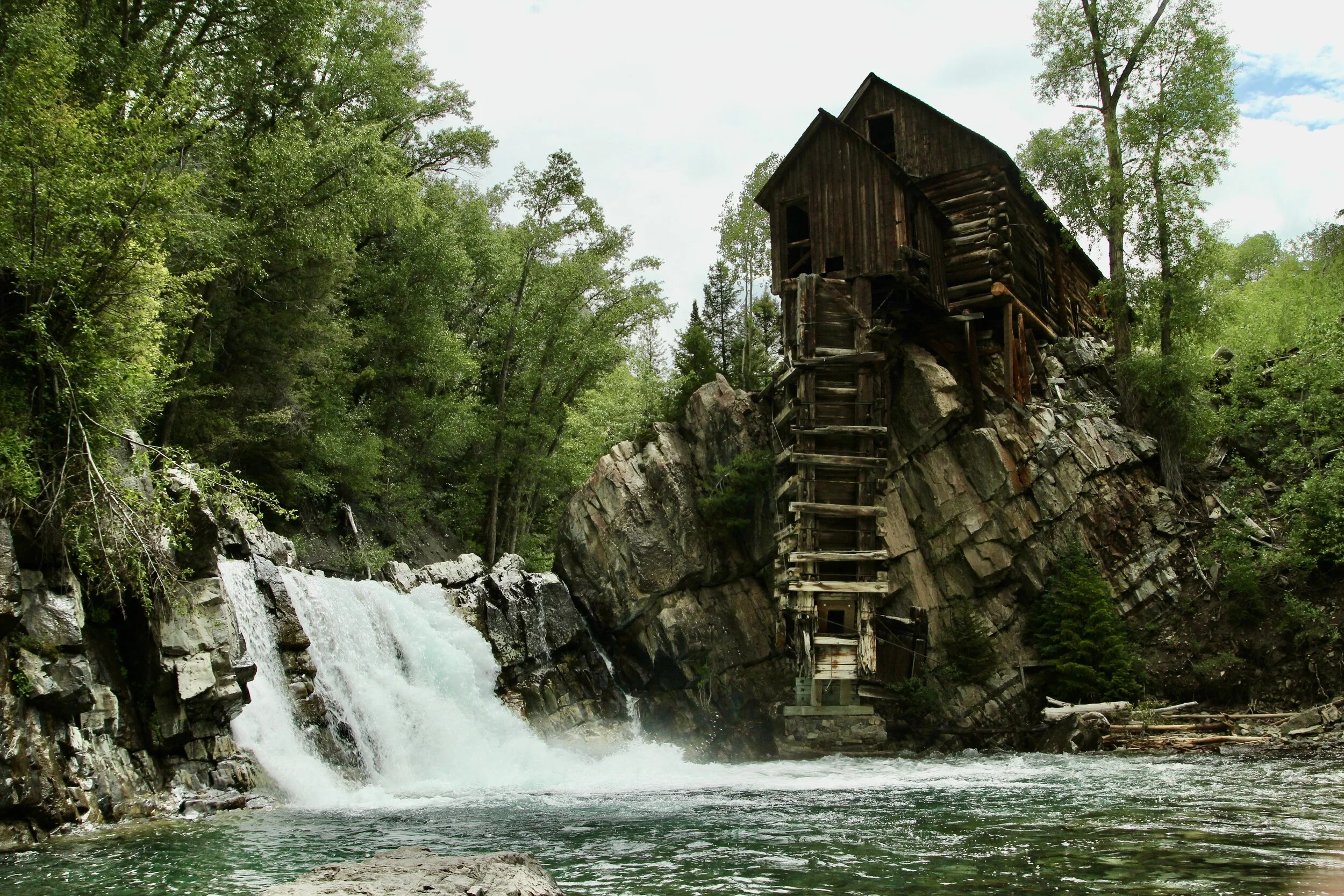Setting a Land Speed Record on the Bonneville Salt Flats
Roughly 100 miles west of Salt Lake City, Utah lies a vast expanse of salt covering forty square miles. The salt flats are perhaps most famous for the Bonneville Speedway, where many of the world land speed records were set. In 1970, Gary Gabelich drove the Blue Flame 630mph here, which held the land speed record until 1983. Newer records were set in the Black Rock Desert in Nevada. Just off of I-80 in western Utah you can leave the pavement and set your own land speed record.
What is a Salt Flat?
Nearly all of Nevada and parts of neighboring states including the western half of Utah is part of the Great Basin. This geographical area has no method of draining any precipitation that falls here. Normally, salt washes downstream into rivers and eventually into the ocean, but since water is trapped in the Great Basin salt is left behind in the desert when the water evaporates. 13,000 years ago, an enormous lake known as Lake Bonneville covered much of what is western Utah. As the last ice age ended and the climate shifted to warmer temperatures, the evaporation rate increased, and the ancient lake slowly dried. Today, the Great Salt Lake is all that remains of Lake Bonneville, but the salt it left behind covers forty square miles of the Utahn desert. Now, when it rains, salt is dissolved until the water either drains into the Great Salt Lake or evaporates, leaving a level surface of salt like an enormous natural zamboni.
Can I Drive on the Salt Myself?
Yes! I-80 cuts directly through the salt flats, and the speed limit is 80mph, but if that doesn’t fulfill your need for speed, pull off the highway at the west-bound rest area just beyond mile marker 11. (You cannot access the salt flats from east-bound I-80 because an elevated railroad track flanks the southern side of interstate) There are bathrooms, vending machines, and a few shaded parking spots and from here you can drive directly onto the salt. The surface can have a variety of textures depending on how recently it has rained. The salt could be desiccated and cracked, or wet and mushy, or it could even be completely flooded. Be aware, if it is dry enough for you to comfortably drive on you will be getting salt everywhere! The top layer of salt may be dry, but moisture is often trapped just below the surface and the salt is like grout (think gritty mud). If you plan on driving on the salt flats I advise getting a car wash or two as soon as possible afterwards. Make sure the car wash sprays the undercarriage of your car. I suggest two washes, since the first wash may not rinse the salt completely and you may be left with a thin coating of brine (which can now seep into cracks and crevices) on your entire undercarriage which can cause premature rusting.
Utah’s Largest Mirror
After sufficient rains the flats flood which, in the absence of high winds, creates a glass like surface that is highly reflective. If you’re lucky enough to get here when there is only an inch or two of water on top of the salt you can create jaw dropping photos that look like the ground is just more sky. You’ll have to be careful not to make too many waves though if you plan on walking out onto it. Getting the right picture with no ripples may require some patience and grace.










